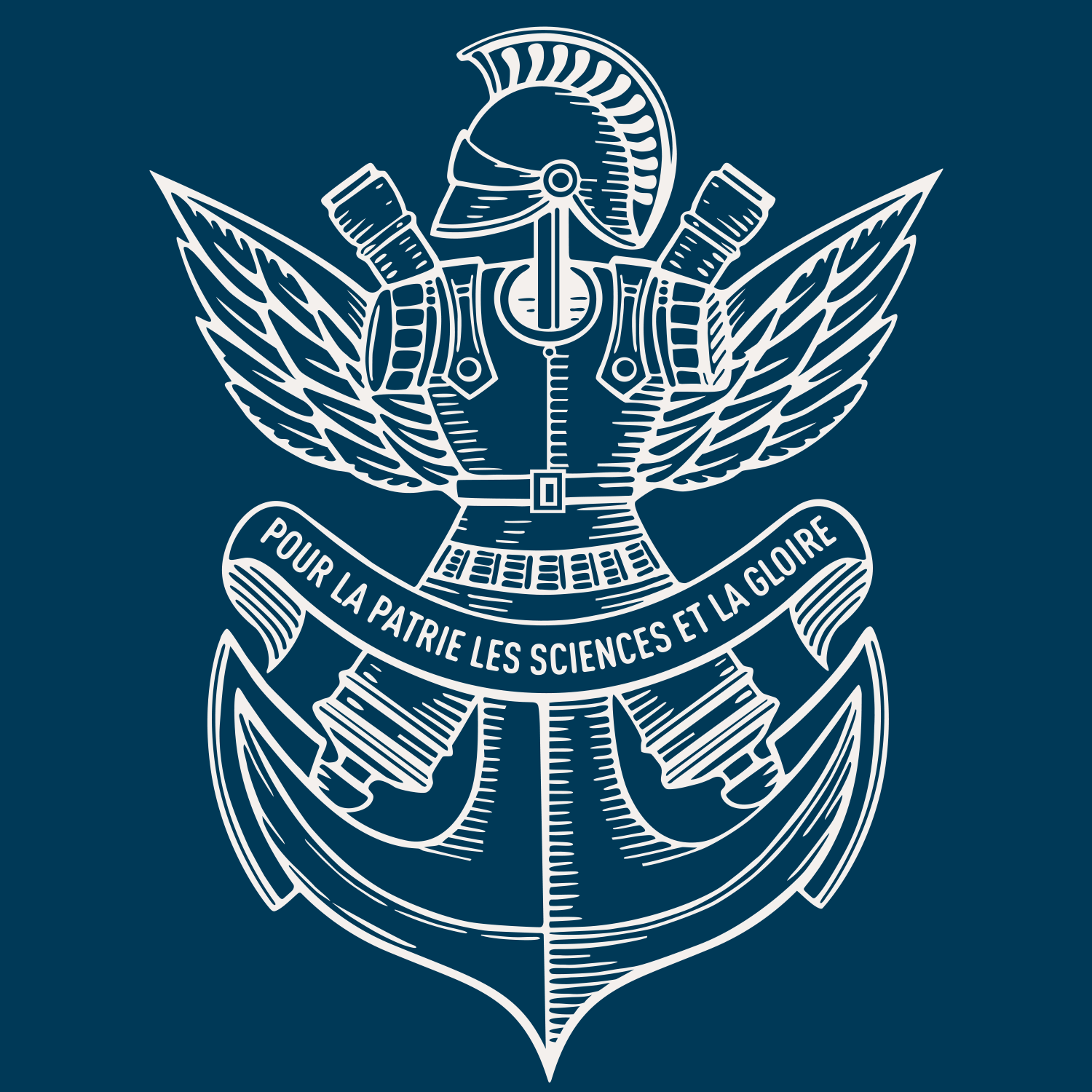Nonlinear optical response of the collagen triple helix and second harmonic microscopy of collagen liquid crystals
Résumé
Collagen is characterized by triple helical domains and plays a central role in the formation of fibrillar and microfibrillar networks, basement membranes, as well as other structures of the connective tissue. Remarkably, fibrillar collagen exhibits efficient Second Harmonic Generation (SHG) and SHG microscopy proved to be a sensitive tool to score fibrotic pathologies. However, the nonlinear optical response of fibrillar collagen is not fully characterized yet and quantitative data are required to further process SHG images. We therefore performed Hyper-Rayleigh Scattering (HRS) experiments and measured a second order hyperpolarisability of 1.25 10-27 esu for rat-tail type I collagen. This value is surprisingly large considering that collagen presents no strong harmonophore in its amino-acid sequence. In order to get insight into the physical origin of this nonlinear process, we performed HRS measurements after denaturation of the collagen triple helix and for a collagen-like short model peptide [(Pro-Pro-Gly)10]3. It showed that the collagen large nonlinear response originates in the tight alignment of a large number of weakly efficient harmonophores, presumably the peptide bonds, resulting in a coherent amplification of the nonlinear signal along the triple helix. To illustrate this mechanism, we successfully recorded SHG images in collagen liquid solutions by achieving liquid crystalline ordering of the collagen triple helices. © 2010 Copyright SPIE - The International Society for Optical Engineering.

